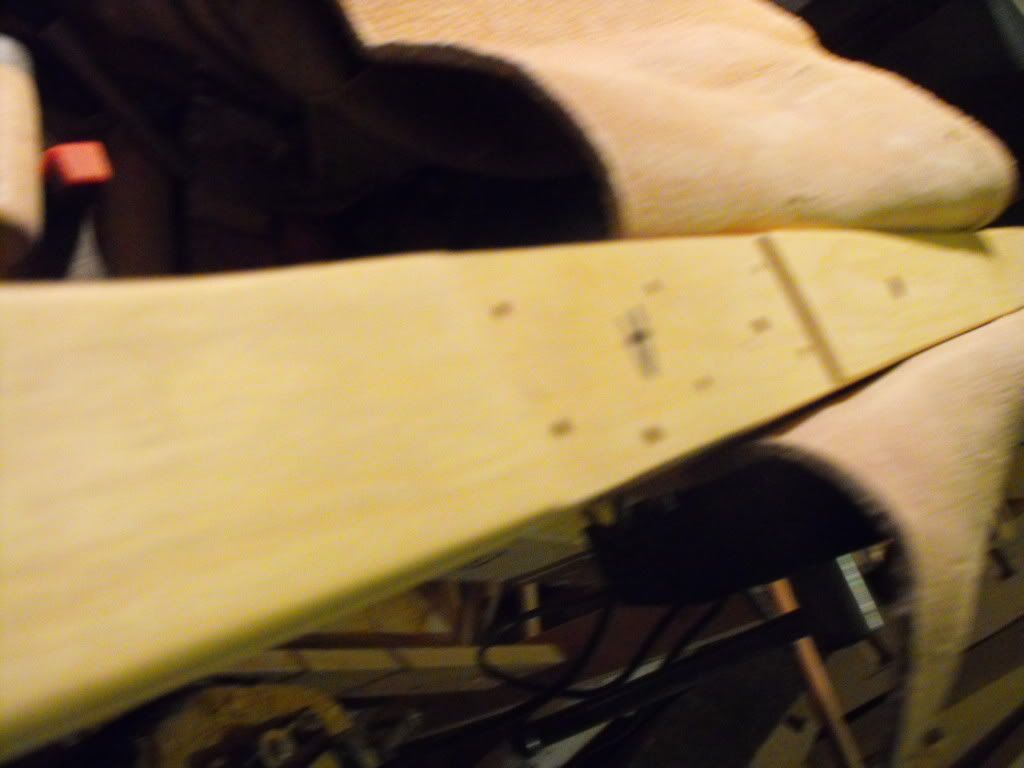A lot of work has been done over the last few days.
The metal plating is filed down and ready to be finished now. I began scraping and sanding the tiller, and am doing fine tuning on the shape of the tiller with files and rasps, as well. I glued up a buttplate made of bone and then a thick piece of horn, which I will post photos of later.


I also wanted to do something special to this weapon, and came across the Spanish phrase "Obedezco pero no cumplo," which means I obey but do not comply. This was a common phrase used during the Spanish colonial and exploration period, and shows the disdain that the colonial personnel felt toward the crown, and it seemed almost American in it's cool arrogance. I was thinking also about battlefield art that comes from various conflicts like WWI and the Vietnam War, particularly the flak vests and helmets that were decorated in the field by individual soldiers against orders, and sometimes not something you would necessarily repeat in "polite company."

But how to do this? I have lousy penmanship, and really admire those who can do well executed art on bows. I toyed with the idea of making stencils, or using liquid frisket or some other masking material to make the letters, and then came across a very nifty way to do this.
Basically, you print out the letters at the size you want using a font of your choice. I found some Rennaisance fonts that seemed appropriate, messed about until I got the right size of the font, and printed it out.

I then turned it over and covered the area under the letters with pencil graphite using a standard ol' #2 pencil.

Then, I taped the "stencil" onto a piece of scrap red oak to test this idea out. I then drew over the letters as carefully as I could, pressing down really hard.

When I lifted up the stencil, I was left with this:



I wont show you the results of my painting over the letters, as I used red oak that was not sealed, but it should work great with the type of wood I am using (yellow heart), which is very close grained, plus I will be sealing the wood before painting on the letters. Since I want to get across the idea that a disgruntled soldier stuck on guard duty in some swamp in Florida decorated his crossbow out of boredom and frustration, it doesn't have to be perfect, but I do want the letters to look professional and be neat and tidy.
I may not even do this, but do think it will add a bit of fun to this crossbow.
More soon,
Dane